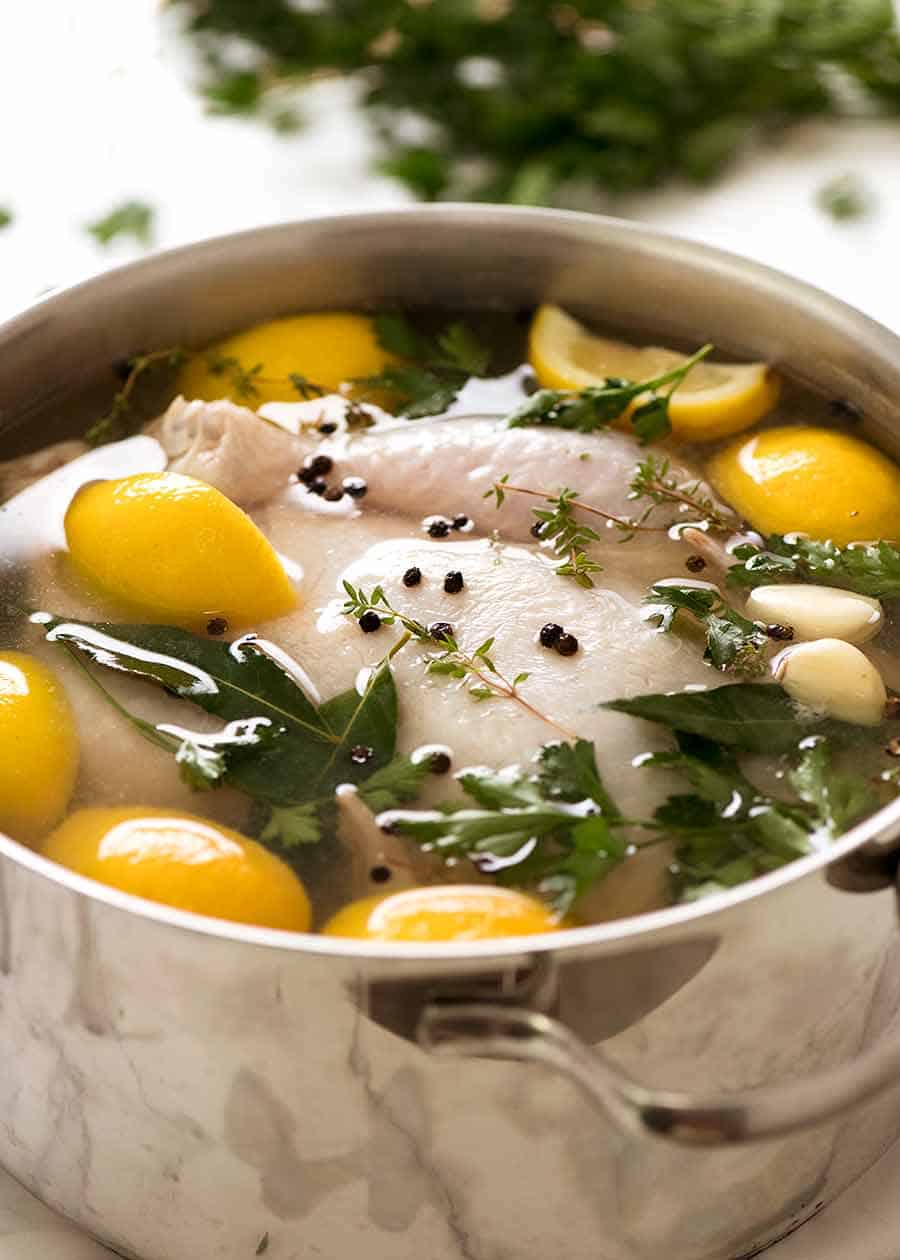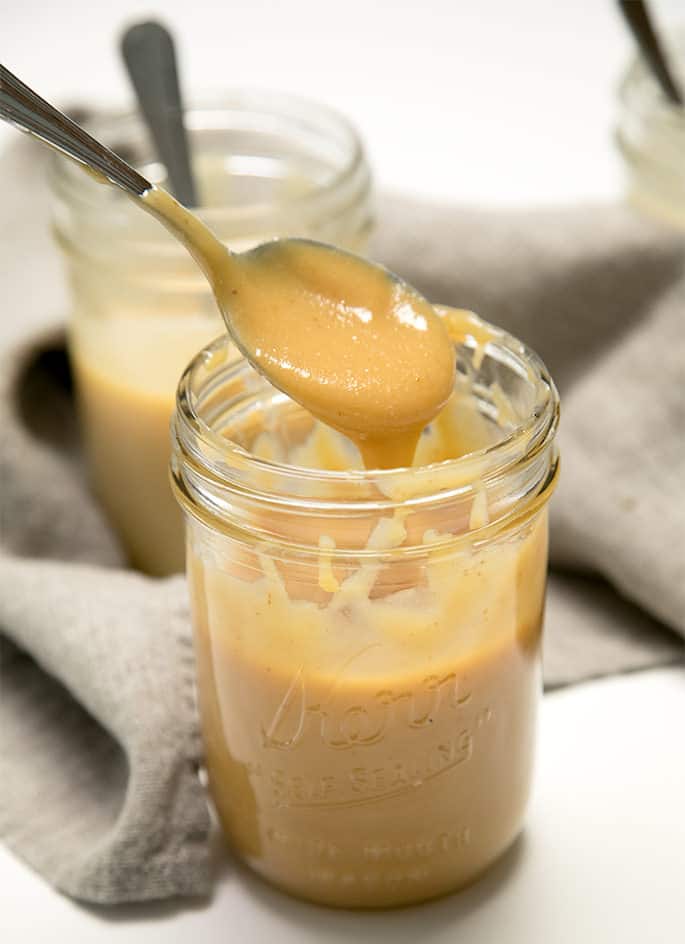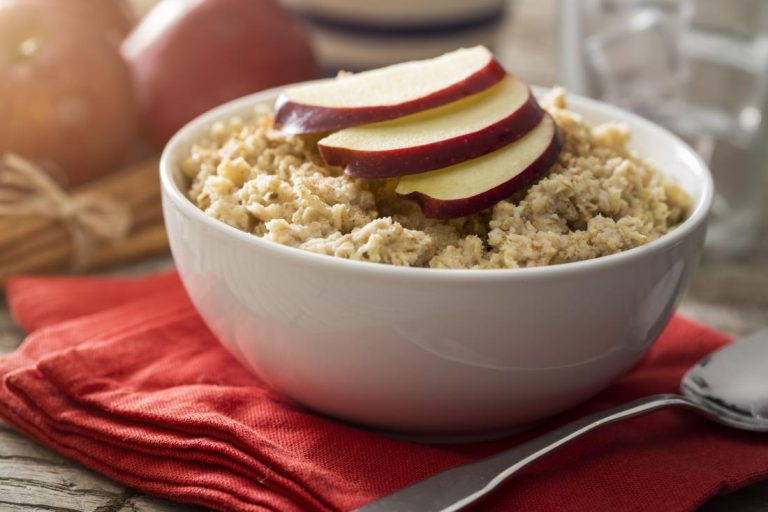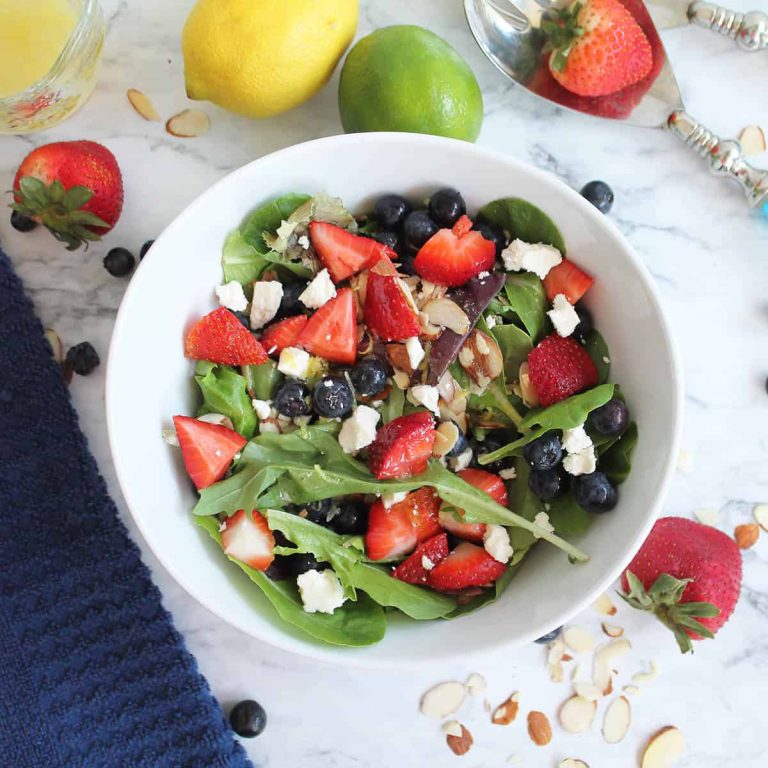Chicken Brine: Enhance Flavor, Moisture, and Tenderness Easily
Brining enhances flavor and moisture. It involves soaking chicken in a saltwater solution, often with additional herbs and spices, to infuse it with flavor. This process prevents the meat from drying out during cooking, ensuring it’s juicy and tender. Without brining, chicken can lose 20% of its moisture during cooking, leading to dry and tough meat. Brined chicken, on the other hand, retains moisture, improving the overall texture and taste.
The Science Behind Brining
Brining works through osmosis. Salt in the brine solution draws natural juices out of the chicken and then reabsorbs them along with flavors from the brine. This creates a well-seasoned interior. Salt also denatures proteins in the meat, relaxing muscle fibers, and allowing them to retain water better. Sodium ions disrupt the protein structure, making the meat more tender when cooked. Ultimately, brining not only seasons your chicken thoroughly but also ensures a tender and moist result.
The Basics of Perfect Chicken Brine
Key Ingredients for Perfect Chicken Brine
Creating the perfect chicken brine requires several essential ingredients. Start with water, the base for your brine solution. Use 1 gallon of water to ensure thorough coverage of the chicken.
Salt: Use kosher salt over table salt due to its larger grain size and purity. For every gallon of water, measure 1 cup of kosher salt.
Sugar: Add sweetness to your brine with sugar, which also aids in browning the chicken. Use either 1/2 cup of white or brown sugar per gallon of water.
Herbs and Spices: Enhance the flavor profile with herbs and spices such as rosemary, thyme, bay leaves, peppercorns, and garlic cloves. Add 2-3 sprigs of herbs and 3-4 cloves of garlic for optimal flavor.
Preparing Your Brine Solution
Follow these steps to prepare your brine solution. First, dissolve the salt and sugar in water. Heat the water slightly if needed, stirring until completely dissolved.
Cool the Brine: Before submerging the chicken, ensure the brine cools to room temperature to prevent any premature cooking.
Submerge the Chicken: Place the chicken in a large container and cover it entirely with the cooled brine solution.
Refrigerate: For the brining process to work effectively, refrigerate the container. Brine the chicken for 8-24 hours depending on the size and desired flavor intensity.
By following these basics, you’ll create a brine solution that ensures tender, flavorful, and juicy chicken every time.
Step-by-Step Guide to Brining Chicken
Timing Your Brine for Optimal Flavor
Timing critically impacts the flavor and texture of brined chicken. Submerge the chicken in the brine for at least 8 hours, but ideally up to 24 hours, to ensure thorough seasoning. Shorter brining periods, such as 4-6 hours, can still enhance the flavor but won’t penetrate as deeply. If you plan to brine small cuts like chicken breasts or wings, limit the time to 2-4 hours to prevent over-salting.
| Chicken Part | Minimum Time | Maximum Time |
|---|---|---|
| Whole Chicken | 8 hours | 24 hours |
| Chicken Breasts | 2 hours | 4 hours |
| Chicken Wings | 2 hours | 4 hours |
| Chicken Thighs | 4 hours | 8 hours |
Longer brining times soften the meat’s texture. If you don’t have much time, use a higher salt concentration to quicken the process.
Common Mistakes to Avoid
Avoiding common mistakes ensures the best results.
- Using too much salt: Excess salt makes chicken overly salty. Stick to a standard ratio of 1 cup kosher salt per gallon of water.
- Not cooling the brine: Hot brine starts cooking the chicken, ruining texture. Always let the brine cool to room temperature before adding the chicken.
- Over-brining: Leaving chicken in the brine too long leads to mushy texture. Follow the recommended brining times for different cuts.
- Insufficient brine coverage: Ensure the chicken is fully submerged to absorb the flavors evenly. Use a weight to keep it submerged if necessary.
- Skipping the rinse: After brining, rinse the chicken to remove excess surface salt. Pat it dry to prepare for cooking.
Avoiding these pitfalls guarantees juicy, flavorful, and perfectly brined chicken every time.
Comparing Different Brining Techniques
Wet Brine vs. Dry Brine
When comparing wet brine and dry brine techniques, you’ll notice distinct differences in method and results. Wet brine involves submerging chicken in a saltwater solution, while dry brine uses salt and seasonings applied directly to the meat. Both methods aim to improve moisture and flavor retention, but they excel in different contexts.
Wet brine, using water, kosher salt, sugar, and spices, ensures even coverage and deep flavor penetration. It’s best for whole chickens or larger cuts. This method adds moisture to the meat, enhancing juiciness.
Dry brine, which involves rubbing salt and spices directly on chicken, is more straightforward. It suits smaller pieces like breasts or thighs. Dry brining takes up less space in the fridge and avoids adding extra liquid, resulting in a crisper skin.
Flavor Variations in Brining
Flavor variations in brining depend on the herbs and spices you incorporate. Wet brines often include rosemary, thyme, garlic, and lemon, creating a flavorful and aromatic profile. Paprika or cayenne can add a kick when combined with the basic brine ingredients.
For dry brines, consider using smoked paprika, black pepper, or cumin for a robust seasoning. Add brown sugar for a touch of sweetness. The salt draws out moisture, forming a concentrated brine that reabsorbs, infusing deep flavors.
Both brining techniques offer unique advantages and flavors, allowing you to tailor your approach based on the type of chicken and your flavor preferences.
Conclusion
Mastering the art of brining can take your chicken dishes to new heights. Whether you opt for a wet brine or a dry brine, each method has its own set of benefits that cater to different needs. By understanding the science behind brining and experimenting with various herbs and spices, you can create a chicken brine that perfectly complements your culinary style. Don’t be afraid to try new flavor combinations and adjust the brining time to suit your preferences. With these tips and techniques, you’ll consistently achieve moist, flavorful, and tender chicken that’s sure to impress.






